Versilia Vacation Rental
Holiday in Versilia Villas and Apartments
Vacation Rental in Versilia
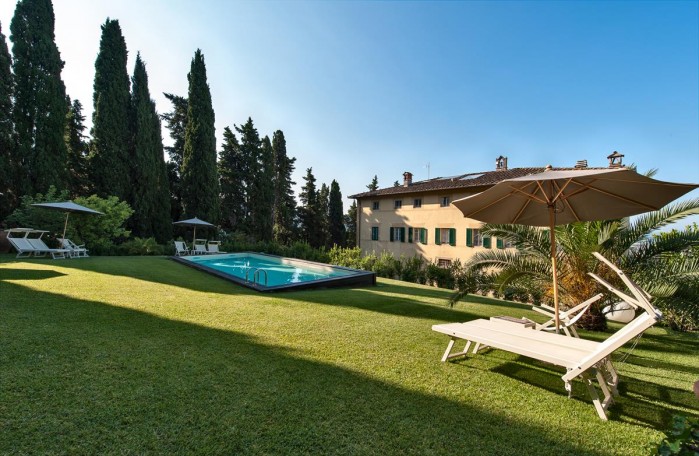
Monteggiori - RIF. S292
Accommodation Type: VillasArea: Versilia Position: Countryside
Province : Lucca
This magnificent eighteenth-century Villa, nestled on the Versilia hills and dominating the Tuscany coast with a breathtaking view, is located at only 1.4 km from the medieval village of Monteggiori and 4 km from the famous artist town of Pietrasanta. The restoration, carried out with full respect of the original building materials, has created a stylish holiday retreat, which retains all the cha
[Continues..]
Accommodations
| Apartments | Sleeps | Bedrooms | Bathroom | A/C | Balcony | Pet friendly | Internet | Prices From | ||||
| A736 | 17 + 3 | 7 | 8 |  |
 |
- |  |
€ | 7400 | +Details | ||
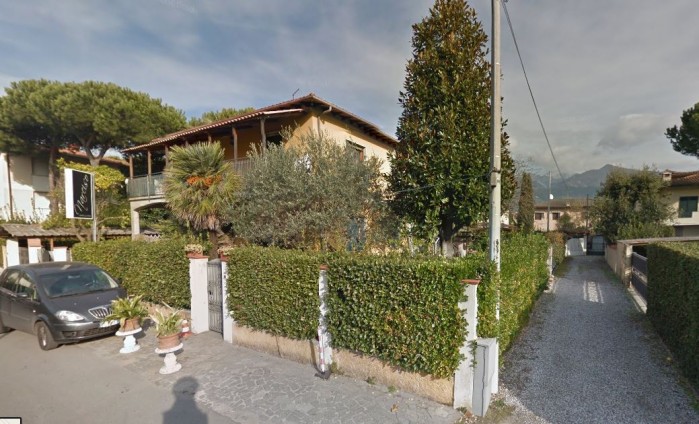
Cinquale - RIF. S317
Accommodation Type: ApartmentsArea: Versilia Position: Seaside
Province : Massa Carrara
This lovely and independent apartment is located in Cinquale, right between the seaside towns of Forte dei Marmi and Marina di Massa, pearls of the Tuscan coast, which are both at 4 km. This holiday accommodation is located in very quiet street at 1600 meters from the beaches. On the first floor of a detached villa (a family lives on the ground floor), the apartment, 100 sq m, is very nicely fu
[Continues..]
Accommodations
| Apartments | Sleeps | Bedrooms | Bathroom | A/C | Balcony | Pet friendly | Internet | Prices From | ||||
| A782 | 4 | 2 | 1 | - |  |
- | - | € | 690 | +Details | ||
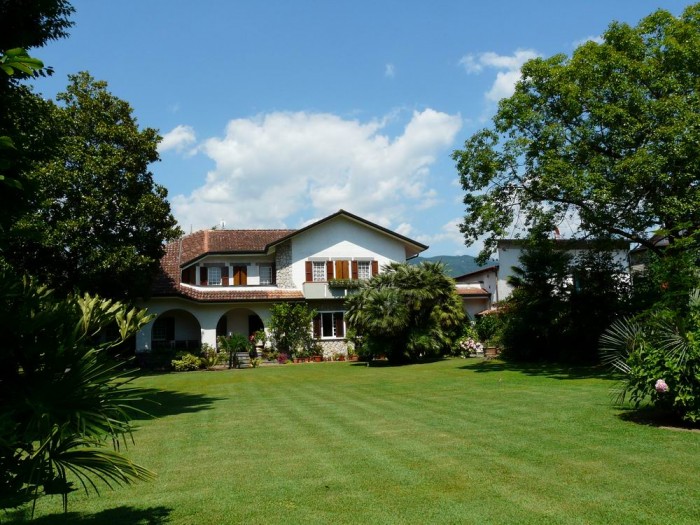
Marina di Massa - RIF. S304
Accommodation Type: VillasArea: Versilia Position: Seaside
Province : Massa Carrara
This beautiful detached villa with swimming pool in Versilia is located at 4km from the sea towns of Forte dei Marmi and Marina di Massa, pearls of the Tuscan coast. The nearby village, Cinquale, offers a wide selection of restaurants and bar cafes. The villa, with a large garden (5000 sq m) and private swimming pool (10x5 m, open June-October), is located at 1,5 km from the beach. At guest’s di
[Continues..]
Accommodations
| Apartments | Sleeps | Bedrooms | Bathroom | A/C | Balcony | Pet friendly | Internet | Prices From | ||||
| A765 | 10 | 6 | 6 | - |  |
- |  |
€ | 3850 | +Details | ||
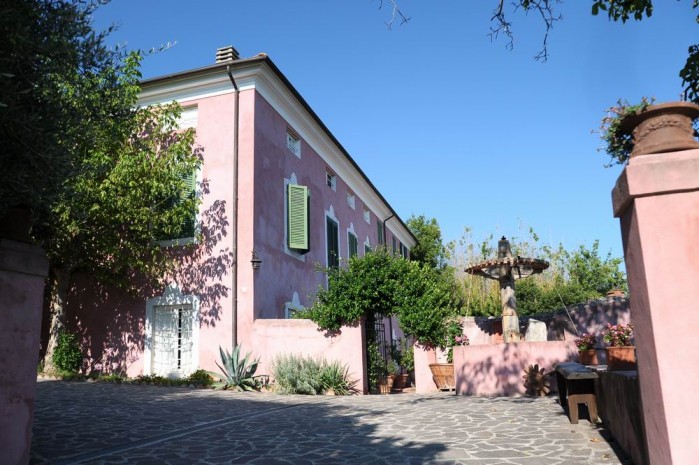
Bargecchia - RIF. S306
Accommodation Type: ApartmentsArea: Versilia Position: Medieval village
Province : Lucca
Bargecchia is a lovely village on the Versilia hills, in a wonderful location, surrounded by olive groves, and with breathtaking views over the coast and the Massacciucoli lake. The nearest beaches are in Viareggio, at 11km; Lucca is 25km away, Pisa 29 km and Florence 98 km. At 5 min walking distance from the village (restaurants and shops), in a quiet location, there is a stunning ancient hamle
[Continues..]
Accommodations
| Apartments | Sleeps | Bedrooms | Bathroom | A/C | Balcony | Pet friendly | Internet | Prices From | ||||
| A769 | 4 + 2 | 2 | 1 |  |
 |
 |
 |
€ | 800 | +Details | ||
| A768 | 2 + 2 | 1 | 1 |  |
 |
 |
 |
€ | 650 | +Details | ||
| A767 | 4 + 2 | 2 | 1 |  |
 |
 |
 |
€ | 700 | +Details | ||
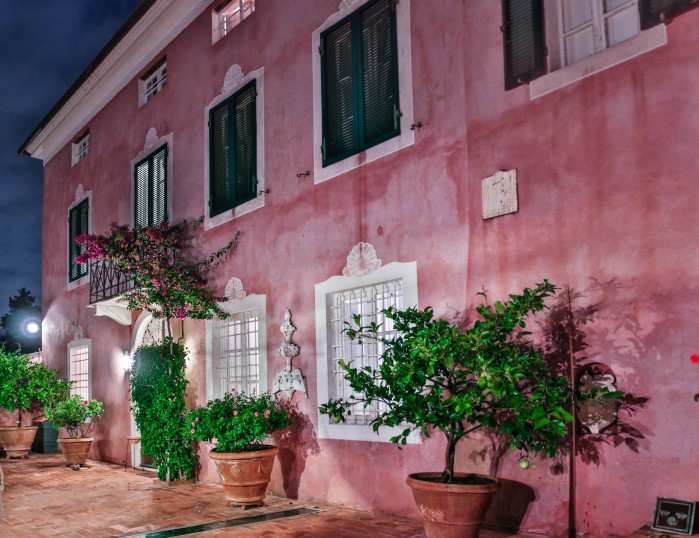
Bargecchia - RIF. S307
Accommodation Type: VillasArea: Versilia Position: Countryside
Province : Lucca
Bargecchia is a lovely village on the Versilia hills, in a wonderful location, surrounded by olive groves, and with breathtaking views over the coast and the Massacciucoli lake. The nearest beaches are in Viareggio, at 11km; Lucca is 25km away, Pisa 29 km and Florence 98 km. At 5 min walking distance from the village (restaurants and shops), in a quiet location, there is a stunning ancient haml
[Continues..]
Accommodations
| Apartments | Sleeps | Bedrooms | Bathroom | A/C | Balcony | Pet friendly | Internet | Prices From | ||||
| A770 | 13 + 1 | 7 | 5 |  |
 |
 |
 |
€ | 3000 | +Details | ||
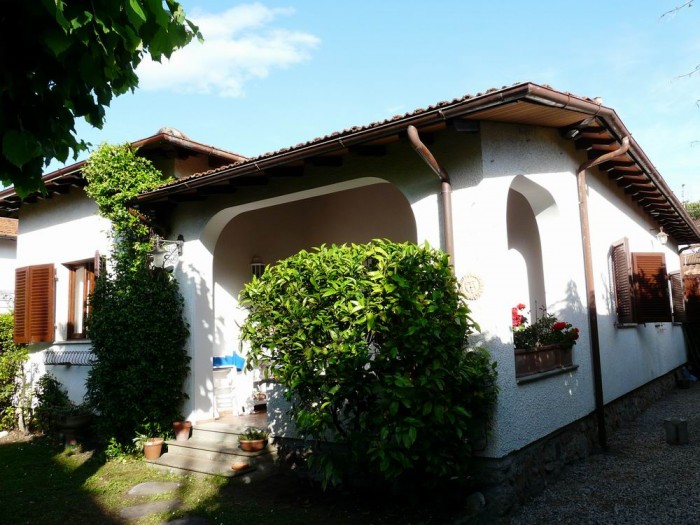
Forte dei Marmi - RIF. S309
Accommodation Type: VillasArea: Versilia Position: Seaside
Province : Lucca
Nice and elegant villa in Forte dei Marmi at just 700 m from the beach. The town centre with its fancy shops, restaurants, bars and cafés is only at a 4 minute walk. The villa, one storey house of 110 sq m, is located in a quiet area, on a side street of central via Agnelli. The holiday home is elegantly furnished and can accommodate up to 5 people. Main entrance from the garden and from
[Continues..]
Accommodations
| Apartments | Sleeps | Bedrooms | Bathroom | A/C | Balcony | Pet friendly | Internet | Prices From | ||||
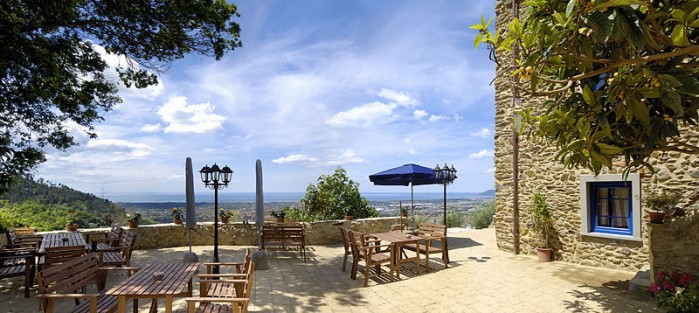
Massa Carrara - RIF. S318
Accommodation Type: ApartmentsArea: Versilia Position: Countryside
Province : Massa Carrara
This tastefully renovated country house is located at 150 metres above sea level and enjoys a breathtaking view over the Versilia coast. It is situated at 2,5 km from the town of Massa, where there are many shops and restaurants, and at only 7 Km from the beaches of Marina di Massa. E-Car charging point on the property. The house is efficiently equipped with all comforts and is perfect for fami
[Continues..]
Accommodations
| Apartments | Sleeps | Bedrooms | Bathroom | A/C | Balcony | Pet friendly | Internet | Prices From | ||||
| A783 | 2 + 4 | 1 | 1 |  |
 |
 |
 |
€ | 700 | +Details | ||
| A964 | 2 + 3 | 1 | 1 |  |
 |
 |
 |
€ | 500 | +Details | ||
| A784 | 4 + 1 | 2 | 1 |  |
 |
 |
 |
€ | 500 | +Details | ||
| A965 | 2 + 2 | 1 | 1 |  |
 |
 |
 |
€ | 500 | +Details | ||
| A966 | 2 | 2 | 1 |  |
 |
 |
 |
€ | 400 | +Details | ||
| A993 | 2 | 1 | 1 |  |
- |  |
 |
€ | 450 | +Details | ||
| A785 | 4 | 2 | 1 |  |
 |
 |
 |
€ | 500 | +Details | ||
| A967 | 2 + 4 | 1 | 1 |  |
 |
 |
 |
€ | 700 | +Details | ||
| A786 | 4 + 1 | 2 | 1 |  |
 |
 |
 |
€ | 700 | +Details | ||
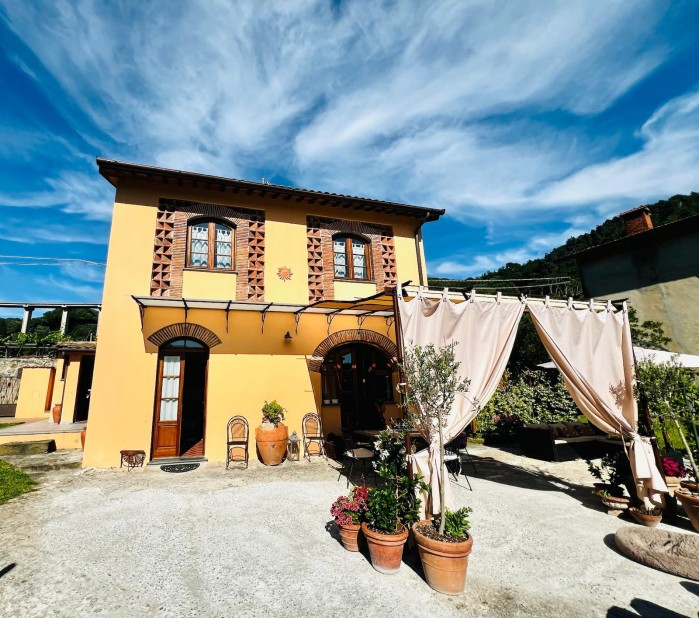
Massarosa - RIF. S407
Accommodation Type: VillasArea: Versilia Position: Countryside
Province : Lucca
This beautiful, detached house is located in the old town centre of Bozzano, a village near Lake Massaciuccoli, just 12 km from the beaches of Viareggio and 15 km from Lucca. Recently renovated with local materials, the building maintains its original structure. In the surroundings, there are many naturalistic attractions, such as the lake, where it is possible to go bird watching, as well as hist
[Continues..]
Accommodations
| Apartments | Sleeps | Bedrooms | Bathroom | A/C | Balcony | Pet friendly | Internet | Prices From | ||||
| A1010 | 4 | 2 | 1 |  |
- |  |
 |
€ | 910 | +Details | ||
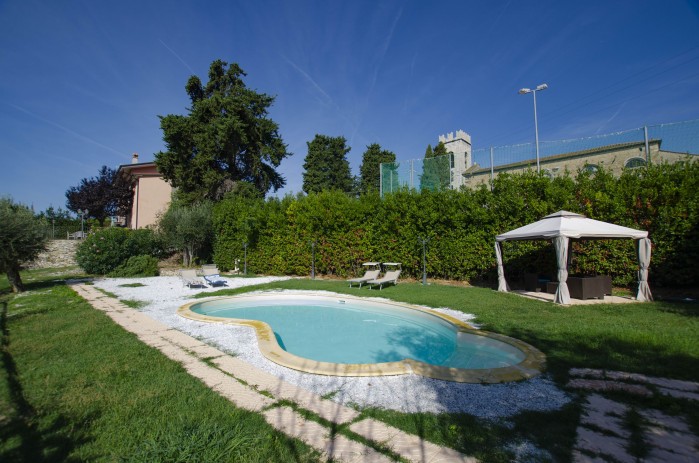
Bargecchia - RIF. S346
Accommodation Type: VillasArea: Versilia Position: Countryside
Province : Lucca
Villa Il Ciliegio is a lovely semi-detached house in the centre of the ancient and picturesque hamlet of Bargecchia. The village is on the hills of Versilia, just 10 km from Viareggio and its seaside resorts. The house is near the 13th-century church and its bell-tower, celebrated by Puccini at the end of the first act of Tosca because the composer admired the bells sound. Beyond the church’s squa
[Continues..]
Accommodations
| Apartments | Sleeps | Bedrooms | Bathroom | A/C | Balcony | Pet friendly | Internet | Prices From | ||||
| A864 | 4 + 2 | 2 | 2 |  |
 |
- |  |
€ | 850 | +Details | ||
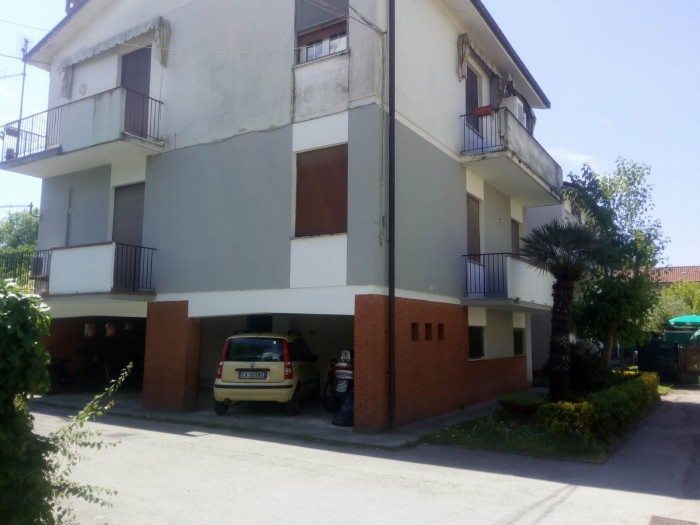
Forte dei Marmi - RIF. S343
Accommodation Type: ApartmentsArea: Versilia Position: Seaside
Province : Lucca
This holiday apartment is located at just 2,4 km from the sea in the glitzy Versilia town of Forte dei Marmi. It’s in a residential neighbourhood with shops of all kinds, bars, confectioner’s, a bank and a chemist’s. At 700 m there is also a supermarket and a restaurant. The flat is on the first floor of a small and quiet house with a private car park, three terraces and a private garden with a g
[Continues..]
Accommodations
| Apartments | Sleeps | Bedrooms | Bathroom | A/C | Balcony | Pet friendly | Internet | Prices From | ||||
| A841 | 4 + 1 | 2 | 1 |  |
 |
 |
 |
€ | 550 | +Details | ||
© 2025 copyright Tuscany Holiday Rent S.L. - Calle Gema 4, 41020 Sevilla ,
P.iva ES B90300302
info@tuscanyholidayrent.com
info@tuscanyholidayrent.com









